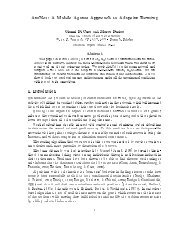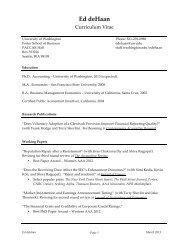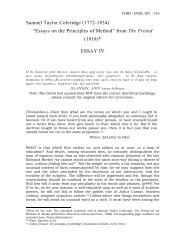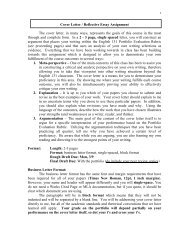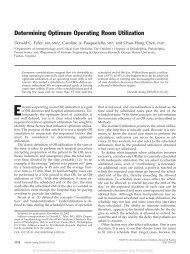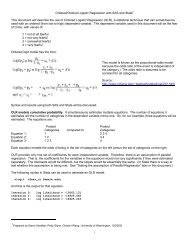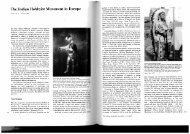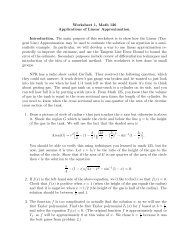Spices and perfumes – driving forces of humans
Spices and perfumes – driving forces of humans
Spices and perfumes – driving forces of humans
You also want an ePaper? Increase the reach of your titles
YUMPU automatically turns print PDFs into web optimized ePapers that Google loves.
<strong>Spices</strong>: Sylphium<br />
Movie “Dune: “He who has the spice, rules the universe!”<br />
645 BC Greeks founded city Cyrene on the North<br />
African coast that was in reach <strong>of</strong> silphium country<br />
Theophrastus “ Study <strong>of</strong> Plants” described this plant’s anatomy, use,<br />
harvest etc as rather similar to today’s Ferula assa-foetida, a variant <strong>of</strong><br />
the giant fennel. Resin collectors tapped the thick root, added flour that<br />
causes it to reddish color <strong>and</strong> be stable when shipped to Athens in<br />
barrels. This plant was truly a wild plant since it avoided cultivated l<strong>and</strong>.<br />
Uses: 1. As a spice together with roasted meat or boiled pork belly<br />
marinated in cumin, silphium <strong>and</strong> sharp vinegar. Also Italian Greeks<br />
liked salted tuna with cheese <strong>and</strong> silphium sprinkled over it (pizza?)<br />
Roman Pliny described the end <strong>of</strong> Silphium: L<strong>and</strong> was overgrazed by sheep &<br />
last remaining Silphium plant sent to Emperor Nero. The Sahara exp<strong>and</strong>ed ….<br />
Alex<strong>and</strong>er the Great had discovered a silphium-like plant in the Hindu Kush<br />
mountains <strong>of</strong> Afghanistan: Ferula assa-foetida, not the same



